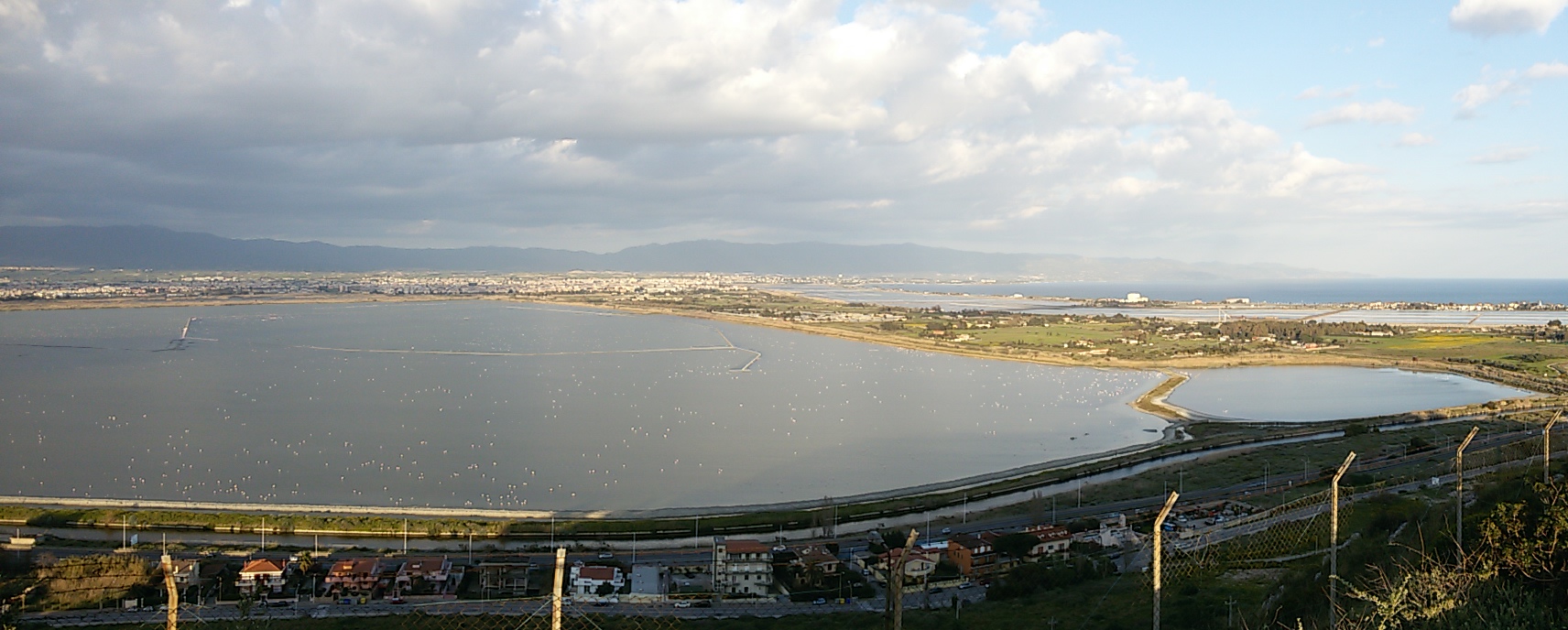
Uploaded on 2017-03-26 by Pierluigi Dentoni
Ecosystem services in the metropolitan area of Cagliari (Sardinia, Italy) The metropolitan area of Cagliari includes the capital city of Sardinia, i.e. Cagliari, and other inner and outer towns around the city, such as Monserrato, Quartucciu, Quartu and Selargius (first circle) and the towns of Assemini, Capoterra, Decimomannu, Elmas, Maracalagonis, Pula, Sarroch, Settimo S. Pietro, Sinnai, Sestu, Uta, and Villa S. Pietro (second circle). The first circle of the area has been and is physically shaped by the presence of reservoirs of freshwater and saltwater, separated by an earth plain, which form part of the Regional Park of Molentargius. Although the Park is still perceived as a wetland with little services and a physical barrier, it has many resources that could be exploited in a sustainable way. a. Provisioning services A very important “Raw Material” that can be found in great abundance in Molentargius is the typical cane (Phragmites australis), a large perennial invasive grass. Its typical use is related to historical construction material (thatched roofs, partition walls, isolation), and to typical musical instruments construction (wind instrument, like “sulittu” and “launeddas”). With a more forward-looking attitude, it could be possible to think about a sustainable and efficient use for biofuel, chemicals, and a more effective use as a construction material. b. Regulating services Molentargius is a kind of regulating service itself. It is surely a “Local climate and air quality”, as canes, plants and trees regulate air quality by removing pollutants from the atmosphere, and a “Carbon sequestration and storage”, as canes, plants and trees remove carbon dioxide from the atmosphere and store it in their leaves tissues. c. Habitat or Supporting services Molentargius is a regional park, so its role of “Habitat for species” and “Maintenance of genetic diversity” is very well developed, followed and researched. Molentargius Park reckons 18 bird species, 9 reptile species, 5 mammal species and 2 amphibian species. The most famous species is the Greater Flamingo (Phoenicopterus roseus), which has elected Molentargius Park as a nesting point with 21.634 nesting couples in 2016. Addendum: in the attached photo, all the white spots on the water surfaces are flamingos. d. Cultural services As a “Recreation and mental and physical health” service, Molentargius Park offers natural thematic paths, birdwatching huts, pedestrian and horse-riding paths. Although they are little unknown or neglected, the Park has a very strong cultural and touristic potential. Reference: http://www.parcomolentargius.it/ [26/03/2017]